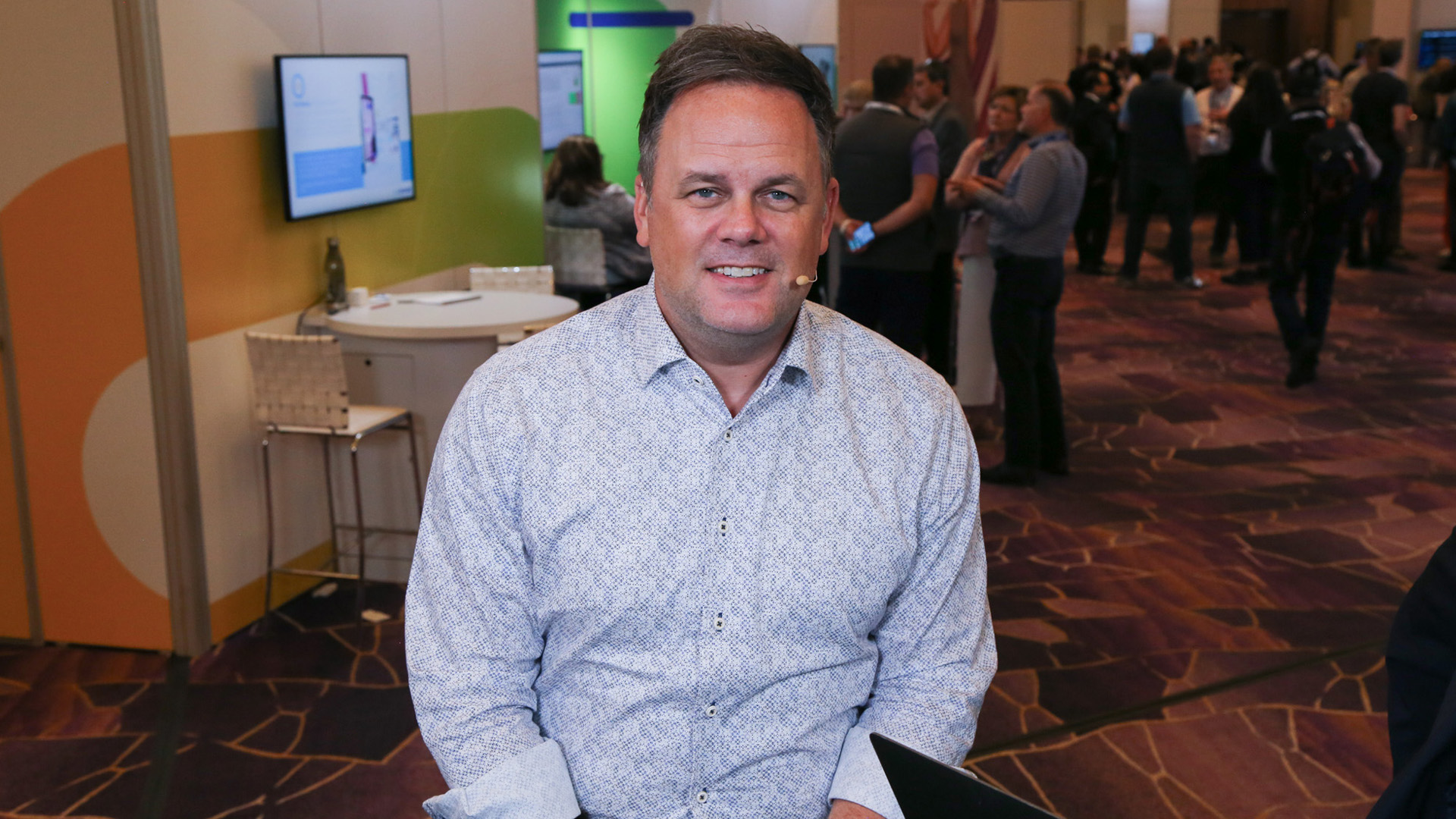
In a groundbreaking discovery, cybersecurity researchers have unveiled a novel method attackers are using to carry out malicious operations on Windows systems, effectively bypassing endpoint detection and response (EDR) mechanisms. This unconventional technique leverages Windows Fibers, which are essentially lighter, more flexible constructs compared to traditional threads, designed for highly efficient task management within applications.
Windows Fibers, a concept introduced for developers to optimize the execution of various tasks inside applications, have been manipulated for malevolent purposes. In stark contrast to their intended use, these fibers are now being exploited to execute shellcode discreetly, challenging the efficacy of current security paradigms and tools in detecting such elusive threats.
The core of this technique lies in the subtle nature of fiber execution, which does not alter the standard flow of a program as perceived by most monitoring tools, including leading EDR solutions. This characteristic makes it particularly daunting for security mechanisms to detect or even acknowledge the execution of unauthorized code, as the malicious operations do not disrupt the typical execution patterns monitored by these tools.
To leverage fibers for malicious purposes, attackers first inject shellcode into a legitimate process running on the target system. Following this, they initialize a fiber within this process and direct it to execute the injected shellcode. This process, by design, keeps the illicit activity under the radar, as the transition to fiber execution does not trigger the usual flags associated with malicious activity, such as abrupt changes in the program’s execution or unauthorized modification of code segments.
What makes this approach significantly worrying is its capability to evade detection by some of the most sophisticated EDR systems in place today. These systems, designed to monitor and respond to suspicious activities by closely observing program execution and data flows, are found wanting in the face of fiber-utilizing attacks. The stealthy nature of fibers and their legitimate presence in the Windows environment render traditional detection methodologies ineffective, allowing attackers to conduct their operations undetected.
Moreover, the utilization of Windows Fibers for malicious purposes does not demand highly sophisticated hacking skills or deep system-level knowledge. The relatively straightforward process of initiating and manipulating fibers for code execution presents a low barrier to entry for attackers, making it an attractive option for a broad spectrum of malicious actors.
This newfound vulnerability poses significant implications for the cybersecurity landscape, highlighting an urgent need for the reevaluation of existing security strategies and the development of more robust mechanisms capable of identifying and mitigating such stealthy techniques. As attackers continue to evolve their methods, the discovery underscores the continuous cat-and-mouse game between cybercriminals and security professionals, with the former constantly seeking new avenues to exploit.
The revelation of this technique has sparked a call to action within the cybersecurity community, advocating for heightened awareness and the integration of more advanced detection capabilities that can contend with the subtleties of fiber-based executions. While current security measures provide a base level of defense, the emergence of such innovative attack vectors necessitates a more dynamic and adaptable approach to endpoint security, ensuring the protection of critical systems and data against increasingly sophisticated threats.
Source






